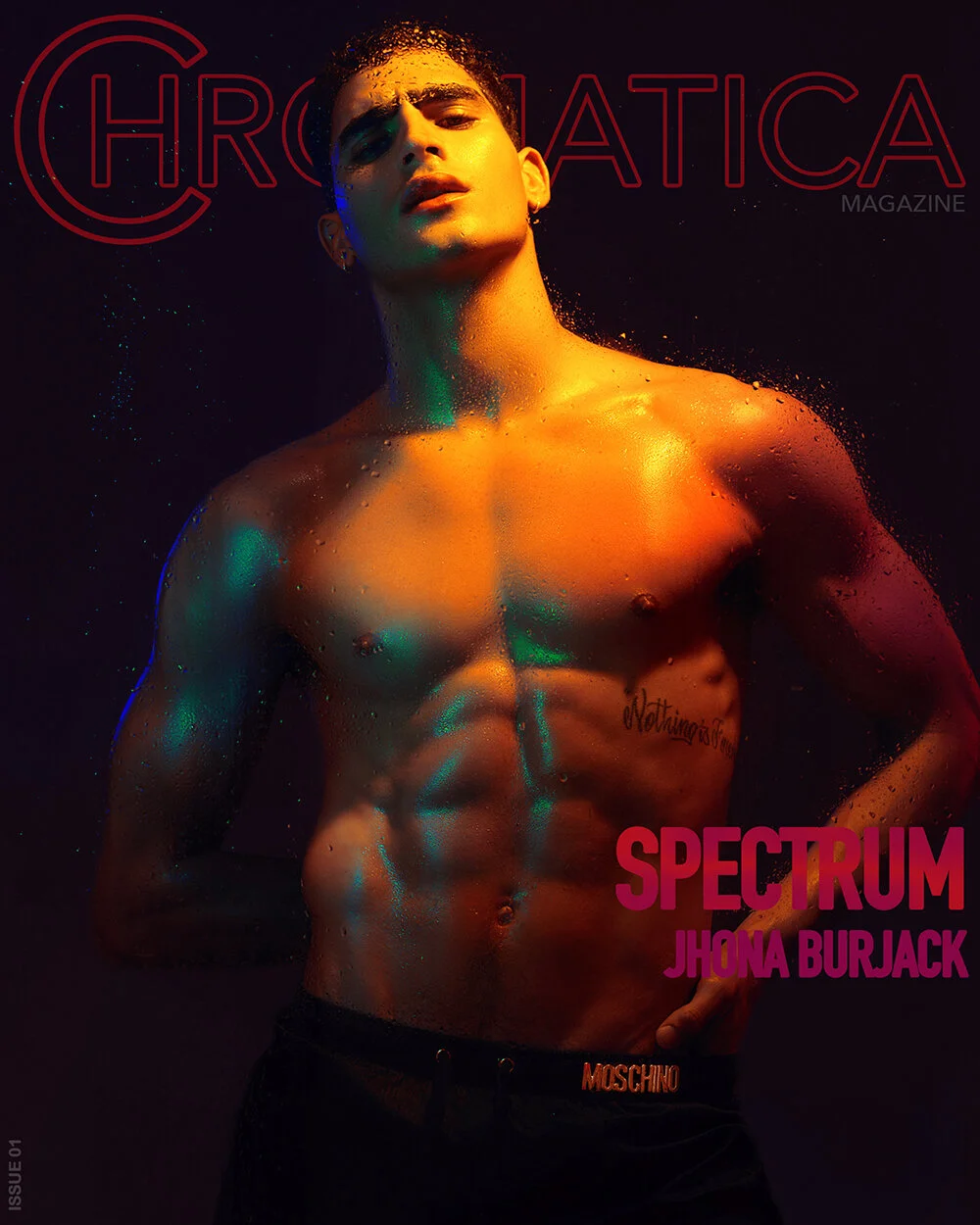Pop Art
Pop Art emerged in the mid 1950s and began as a revolt against mainstream approaches to art and culture. It aimed to challenge materialism/ consumerism, celebrity/ media and the role of the artist, and of what constituted art.
Through the elevation of popular, banal, and kitschy images from advertising, comic books, Hollywood's famous faces and packaging of consumer products, Pop Art rebelled against the establishment and what was considered as fine art at the time. Pop artists deployed methods of mass-production and mechanised techniques such as screen printing, reducing their involvement in the production of their work and bridging the gab between art and commerce.
Some of the greatest and most influential artist’s of this movement are: Richard Hamilton, Robert Rauschenberg, Jasper Johns, Claes Oldenburg, Roy Lichtenstein, Andy Warhol, Yayoi Kusama, Ed Ruscha, Jeff Koons, Richard Prince, Mike Kelley, Damien Hirst, Takashi Murakami, Rachel Harrison and Nate Lowman.
Pop art is often characterised by vibrant, bright colour, so we felt it was important for us to create a short list of its masters.
Roy Lichtenstein
Roy Lichtenstein was an American artist known for his paintings and prints which referenced commercial art and popular culture icons like Mickey Mouse. Composed using Ben-Day dots—the method used by newspapers and comic strips to denote gradients and texture—Lichtenstein’s work mimicked the mechanical technique with his own hand on a much larger scale. He was a leading figure in establishing the Pop Art movement.
Roy Fox Lichtenstein was born on October 27, 1923, in New York City, the first of two children born to Milton and Beatrice Werner Lichtenstein. Milton Lichtenstein (1893–1946) was a successful real estate broker, and Beatrice Lichtenstein (1896–1991), a homemaker, had trained as a pianist, and she exposed Roy and his sister Rénee to museums, concerts and other aspects of New York culture. Roy showed artistic and musical ability early on: he drew, painted and sculpted as a teenager, and spent many hours in the American Museum of Natural History and the Museum of Modern Art. He played piano and clarinet, and developed an enduring love of jazz, frequenting the nightspots in Midtown to hear it.
Lichtenstein created three major series in the 1990s, each emblematic of his ongoing interest in solving pictorial problems. The Interiors, mural-sized canvases inspired by a miniscule advertisement in an Italian telephone book, delve again into the perceptual ambiguities of reflections from windows and mirrors. The Nudes reprise the theme of women in a romance-comic mode, which Lichtenstein had introduced in the 1960s and amplified in lush Surrealist-inspired beach scenes in the 1970s. As with the Interiors, there is ample quotation of elements from earlier canvases, the furniture of Lichtenstein’s painted world. He also used the series to investigate mixing chiaroscuro (which he devised with dots and shading) with flat areas of color. This effect was brought to an ultimate pitch in his Chinese Landscapes, Lichtenstein’s final encounter with a monumental art tradition—and one of his most subtle. Configurations of land, water, mountains and air found in Song dynasty paintings and scrolls are simulated by softly drifting fields of graduated dots. None of Lichtenstein’s usual black outlines define the monochromatic forms, which heightens the contemplative and abstract quality of the series
Andy Warhol
Andy Warhol was a leading figure in the Pop Art movement. Like his contemporaries Roy Lichtenstein and Robert Rauschenberg, Warhol responded to mass-media culture of the 1960s. His silkscreens of cultural and consumer icons—including Marilyn Monroe, Elizabeth Taylor, Campbell’s Soup Cans, and Brillo Boxes—would make him one of the most famous artists of his generation. “The best thing about a picture is that it never changes, even when the people in it do,” he once explained. Born Andrew Warhola on August 6, 1928 in Pittsburgh, PA, he graduated from the Carnegie Institute of Technology in 1949. Moving to New York to pursue a career in commercial illustration, the young artist worked for magazine such as Vogue and Glamour. In the late 1950s, Warhol began devoting more attention to painting, and in 1961, he debuted the concept of "pop art" — paintings that focused on mass-produced commercial goods. In 1962, he exhibited the now-iconic paintings of Campbell's soup cans. These small canvas works of everyday consumer products created a major stir in the art world, bringing both Warhol and pop art into the national spotlight for the first time.
British artist Richard Hamilton described pop art as "popular, transient, expendable, low cost, mass-produced, young, witty, sexy, gimmicky, glamorous, big business." As Warhol himself put it, "Once you 'got' pop, you could never see a sign the same way again. And once you thought pop, you could never see America the same way again."
Warhol's other famous pop paintings depicted Coca-cola bottles, vacuum cleaners and hamburgers. Warhol's enigmatic personal life has been the subject of much debate. He is widely believed to have been a gay man, and his art was often infused with homoerotic imagery and motifs. However, he claimed that he remained a virgin for his entire life.
Warhol's life and work simultaneously satirized and celebrated materiality and celebrity. On the one hand, his paintings of distorted brand images and celebrity faces could be read as a critique of what he viewed as a culture obsessed with money and celebrity. On the other hand, Warhol's focus on consumer goods and pop-culture icons, as well as his own taste for money and fame, suggests a life in celebration of the very aspects of American culture that his work criticized. Warhol spoke to this apparent contradiction between his life and work in his book The Philosophy of Andy Warhol, writing that "making money is art and working is art, and good business is the best art."
Takashi Murakami
Known as the Japanese Andy Warhol because they both managed to turn art into merchandise and attract mass culture, This fact has led some to see his art as simply a business. But Murakami interconnects high art with popular culture, arguing that art forms part of the economy. He justifies this by saying: "Japanese people accept that art and commerce will rub shoulders; in fact, they’re surprised at the rigid and pretentious hierarchy of Western “high art".
His works are colourful and engaging and he uses his wide knowledge of Western art, working from the inside out to represent “Japaneseness” as a tool to bring about a revolution in the art world. "I believe that all artists should have strong, dark emotions within them in order to create works that have energy",
According to Murakami, the force behind his work is for him "to become a living example of the potential of art." Despite some opinions railing against commercialization in his art, Murakami's commitment to achieving whatever he sets out to is undeniable and that has earned him a place among the most celebrated and in-demand artists of today.
Yayoi Kusama
Yayoi Kusama is a Japanese artist who is sometimes called ‘the princess of polka dots'. Although she makes lots of different types of art – paintings, sculptures, performances and installations – they have one thing in common, dots. Yayoi Kusama tells the story of how when she was a little girl she had a hallucination that freaked her out. She was in a field of flowers when they all started talking to her! The heads of flowers were like dots that went on as far as she could see, and she felt as if she was disappearing or as she calls it ‘self-obliterating’ – into this field of endless dots. This weird experience influenced most of her later work.
By adding all-over marks and dots to her paintings, drawings, objects and clothes she feels as if she is making them (and herself) melt into, and become part of, the bigger universe. She said: ‘Our earth is only one polka dot among a million stars in the cosmos. Polka dots are a way to infinity. When we obliterate nature and our bodies with polka dots, we become part of the unity of our environment’. Yayoi was born in Japan in 1929. She loved drawing and painting and although her parents didn't want her to be an artist, she was determined. When her mum tore up her drawings, she made more. When she could not afford to buy art materials, she used mud and old sacks to make art. This is a drawing she made of her mum when she was 10-years-old. Living in relative obscurity over the following decades, it was not until she represented her country in the 1993 Venice Biennale that Kusama returned to the public eye. 2017 was an eventful year for the artist, it included the inauguration of her museum in Tokyo, the debut of “Yayoi Kusama: Infinity Mirrors” at the Hirshhorn Museum and Sculpture Garden in Washington, D.C., “Yayoi Kusama: Life is the Heart of Rainbow” at the National Gallery Singapore, and the concurrent exhibitions “Yayoi Kusama: Festival of Life” and “Yayoi Kusama Infinity Nets” at David Zwirner in New York. Since 1977, Kusama has voluntarily chosen to live at the Seiwa Mental Hospital in Tokyo, Japan. Today, the artist’s works can be found in the collections of The Museum of Modern Art in New York, the Los Angeles County Museum of Art, the Mattress Factory in Pittsburgh, and the National Museum of Modern Art in Tokyo, among others.
Damien Hirst
Damien Steven Hirst born 7 June 1965, is an English artist, entrepreneur, and art collector. He is one of the Young British Artists (YBAs), who dominated the art scene in the UK during the 1990s. Damien Hirst first came to public attention in London in 1988 when he conceived and curated "Freeze," an exhibition in a disused warehouse that showed his work and that of his friends and fellow students at Goldsmiths College. In the nearly quarter of a century since that pivotal show . Hirst has become one of the most influential artists of his generation. While studying at Goldsmiths College in London, Hirst curated Freeze, a rolling exhibition in three parts, featuring his work and that of fellow students. This show is considered the debut of the artists who would come to be known as the Young British Artists, or YBAs, whose approach was characterized by a combination of entrepreneurial and oppositional attitudes, the use of found materials, and an interest in shock and spectacle. In the final iteration of Freeze, Hirst included two of his Spot paintings, which he painted directly onto the wall. Hirst’s art was shown in numerous solo and group exhibitions, including major retrospectives at the Museo Archeologico Nazionale in Naples (2004) and Tate Modern (2012) in London. He also wrote books, designed restaurants, collaborated on pop music projects, and experimented with film.
Death is a central theme in Hirst's works. He became famous for a series of artworks in which dead animals (including a shark, a sheep and a cow) are preserved, sometimes having been dissected, in formaldehyde. The best-known of these was The Physical Impossibility of Death in the Mind of Someone Living, a 14-foot (4.3 m) tiger shark immersed in formaldehyde in a clear display case. He has also made "spin paintings", created on a spinning circular surface, and "spot paintings", which are rows of randomly coloured circles created by his assistants. In September 2008, Hirst made an unprecedented move for a living artist by selling a complete show, Beautiful Inside My Head Forever, at Sotheby's by auction and bypassing his long-standing galleries. The auction raised £111 million ($198 million), breaking the record for a one-artist auction as well as Hirst's own record with £10.3 million for The Golden Calf, an animal with 18-carat gold horns and hooves, preserved in formaldehyde.





















